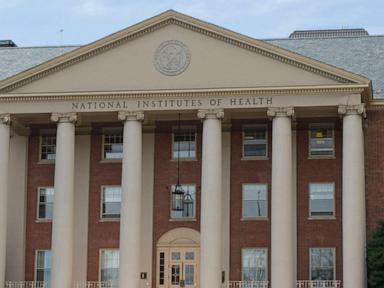
Long before Michael Jordan changed the sport of basketball, another Jordon transformed the National Basketball Association’s (NBA) history by breaking the league’s racial barrier as its first Native American player.
In 1956, Phil “the Flash” Jordon, a descendant of the Wailaki and Nomlaki tribes, was drafted by the New York Knicks and played 10 seasons in the league. Though he may not carry the same cultural cache as other hoopers throughout professional basketball’s century-plus existence, Jordon embodies a longstanding Native American fixation on the sport – especially at the community level. Throughout the years, Native Americans have embraced basketball and made it their own. One way they’re doing so today is with “rez ball”, a lightning-fast style of basketball associated with Native American teams.
Although the notion of Native Americans in basketball hasn’t fully permeated the mainstream sports consciousness (basketball gyms on reservations are still among the most overlooked in the country by talent scouts), the NBA, Women’s National Basketball Association (WNBA) and other basketball entities have begun to acknowledge native hoopers and their rich legacy more fully.
Rez Ball, a LeBron James-produced film currently streaming on Netflix, is based on Canyon Dreams, an acclaimed book about a Navajo high school team in northern Arizona. The Toronto Raptors unveiled an alternate team logo designed by Native American artist Luke Swinson in honor of the franchise’s annual Indigenous Heritage Day; the illustration depicts two long-haired, brown-skinned hoopers flowing inside of a basketball silhouette, which doubles as an amber sunrise. And earlier this season, NBA superstar Kyrie Irving – whose family belongs to the Lakota tribe of the Standing Rock Sioux reservation in North Dakota – went viral for meeting with a group of Native American fans after a Dallas Mavericks game. The eight-time All-Star also debuted Chief Hélà, his pair of Indigenous-inspired sneakers, during the 2024 NBA finals last June.
As for the WNBA, the league boasts the only professional sports franchise owned by a Native American tribe. The Mohegan Tribe purchased the Connecticut Sun (formerly the Orlando Miracle) in 2003 and relocated the team to the Mohegan Sun arena in Uncasville, Connecticut.
Still, there’s much left to be desired for Native American representation and their conservation of traditions and identity at large, both on and off the court. It’s something Native basketball players and coaches are hustling to retain and defend.
“Imagine not being able to speak your language, that’s having your identity stolen,” says Adam Strom, a member of the Yakama tribe in Washington state. “I’m not fluent in Ichiskíin [a Yakama dialect]. I only know a few words. But there’s a big push in Indian country to preserve and hold on to your language. Basketball is a conduit for that.”








